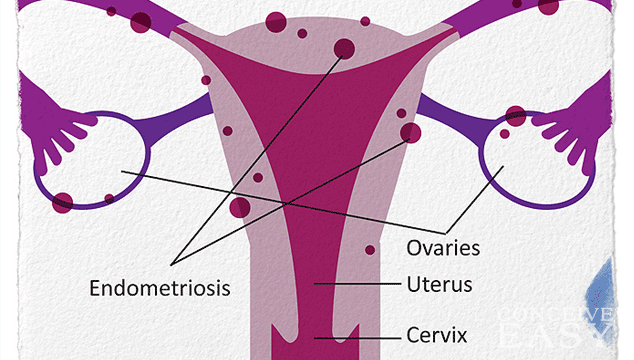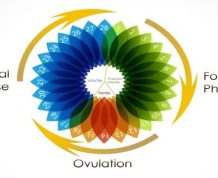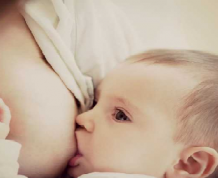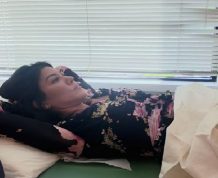You’ve probably heard of endometriosis before, and how it can wreak havoc on all aspects of a woman’s reproductive system. But, what is endometriosis, really? How does it affect the women that suffer from it? Read on to find out more. Claim Your 20 Free Pregnancy Tests – Click Here

According to the medical dictionary, endometriosis is defined as “Ectopic occurrence of endometrial tissue, frequently forming cysts containing altered blood.” In other words, endometriosis is when endometrial cells, cells that are supposed to be found only inside the uterus, are found growing outside of the uterus.
The lining of the inside of the uterus is actually found outside of the uterus. However, these growths that are in the wrong places are actually benign and not cancerous, so that is good news.

Endometriosis is one of the most common gynecologic diseases, affecting up to 5.5 million women in North America alone. It is a very common problem, and affects many women of childbearing age, however, it is very rarely found in postmenopausal women. About 30 to 40 percent of women who have endometriosis will have trouble getting pregnant.

Many women do not have symptoms of endometriosis. The only reason that they find out that they do have it is when they are unable to get pregnant. However, many other women do have symptoms, the number one symptom being pain. Pain in the abdomen, pelvic area, and lower back are all very common symptoms of endometriosis.
Other symptoms include extremely severe menstrual cramps that get worse over time, pain during or after sex, heavy periods or periods that are longer than usual, spotting or bleeding in between periods, or trouble getting pregnant. Like we mentioned before, many women don’t have any symptoms with their endometriosis, and don’t find out until a trip to the doctor.

Endometriosis is one of the top three causes of infertility, affecting 30 to 40 percent of women who have the disease. Women who want to get pregnant and have endometriosis are usually advised to try to have unprotected sex for anywhere between six months and a year to see if you should try to get treatment for their condition. For women whose symptoms are mild, over the counter pain relievers can help to ease discomfort.
Hormone therapy is often used if the affected areas are small, or cause minimal pain. Surgical treatment is usually the best choice if the areas that are affected are extensive, or if they cause a lot of pain. While there is no cure for endometriosis, there are several things that doctors can do to help ease the symptoms.










Comments